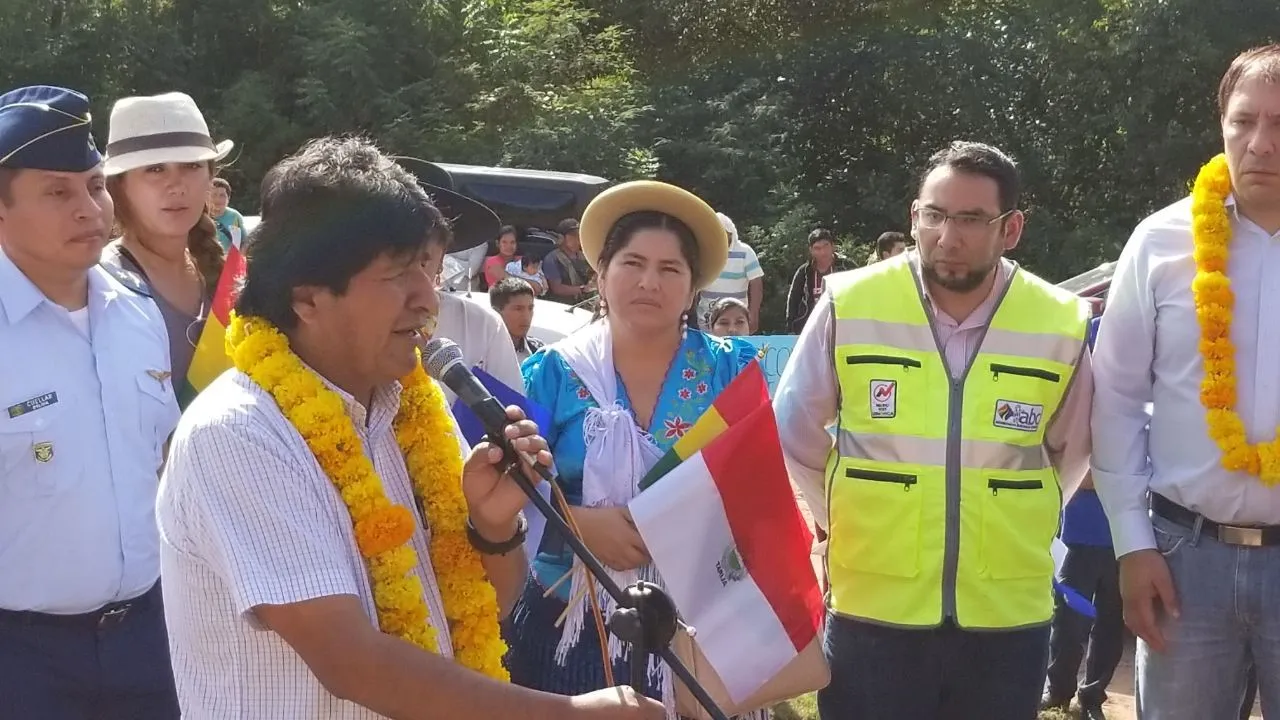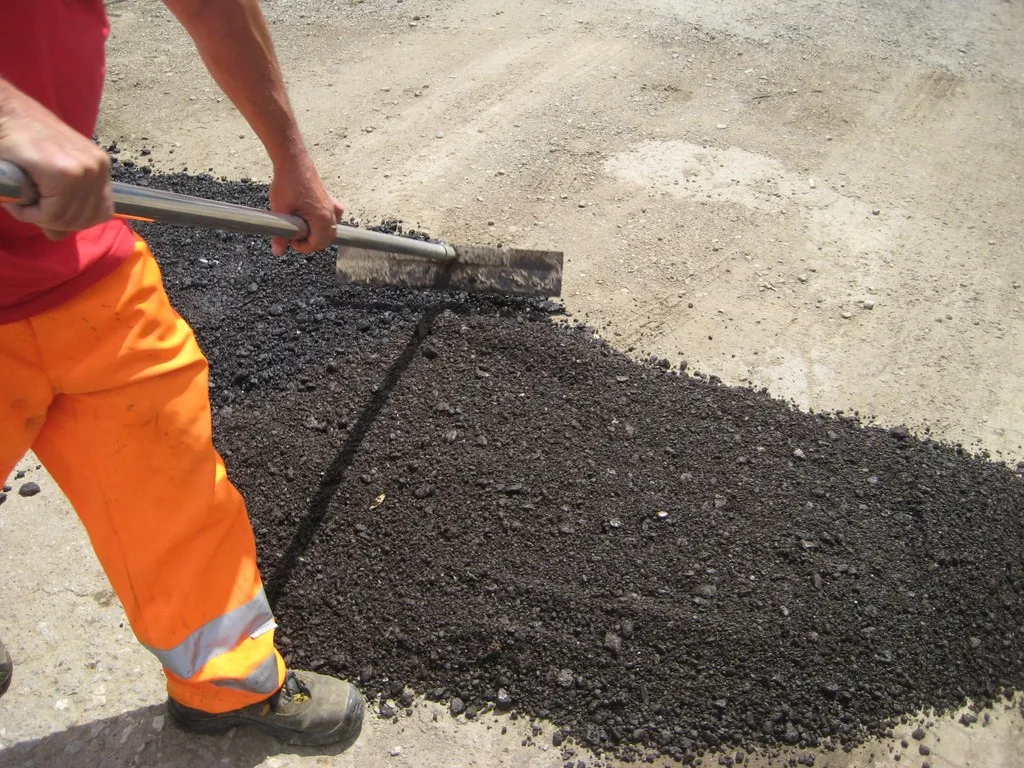In Peru, the Metropolitan Municipality of Lima is expected to approve in August 2013 a US$400 million underground viaduct project, including a 10km double-carriage way road and a 1.5km tunnel under the Cerro Centinela. The private initiative submitted by Spanish construction firm OHL will connect the La Molina and Miraflores districts. Once approved, the proposal will be tendered for 90 days, and should no other company bid for it, OHL will negotiate the contract and begin construction immediately. Work on
June 5, 2013
Read time: 1 min
In Peru, the Metropolitan Municipality of Lima is expected to approve in August 2013 a US$400 million underground viaduct project, including a 10km double-carriage way road and a 1.5km tunnel under the Cerro Centinela.
The private initiative submitted by Spanish construction firm980 OHL will connect the La Molina and Miraflores districts.
Once approved, the proposal will be tendered for 90 days, and should no other company bid for it, OHL will negotiate the contract and begin construction immediately. Work on the project could be completed within three or four years, and the route is expected to reduce drive times between the districts from one hour to 20 minutes.
The private initiative submitted by Spanish construction firm
Once approved, the proposal will be tendered for 90 days, and should no other company bid for it, OHL will negotiate the contract and begin construction immediately. Work on the project could be completed within three or four years, and the route is expected to reduce drive times between the districts from one hour to 20 minutes.









